What Moments Linger in Your House?
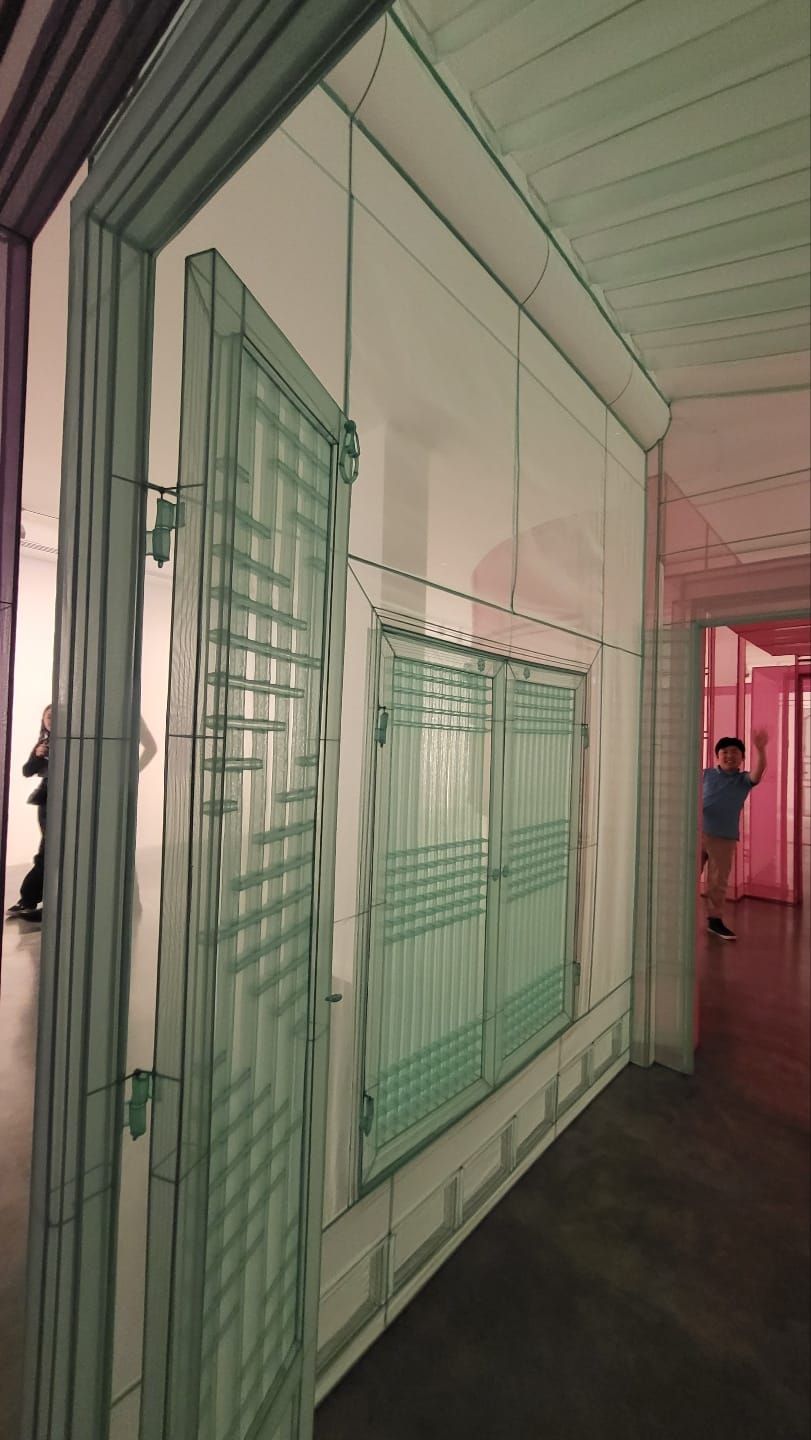
Artworks have planted an indefinite image deep inside our brains. When our eyes scribble across the word ‘art’, we ‘see’ the iconic smile of Mona Lisa in front of our eyes. Yet, a collection of exquisite, fabric houses stitched to the last detail had broken this mental construct in my mind. The houses felt not like simple structures, but living entities, singing of the memories and emotions poured into the locations. Is home a place, a feeling, or an idea? Do Ho Suh ponders this question about the enigma around us.
In Suh’s boyhood, ‘walk the house’ was a commonly expressed saying from the carpenters who constructed his childhood home in Seoul, a traditional Korean house: a hanok. These buildings could be disassembled and reassembled in a new location - a process of ‘walking the house’. For Suh, the phrase describes how we carry multiple places with us across space and time: the relationship between architecture, the body and memory is central to Suh’s interests.
Just when I had moved to North Sydney, I had witnessed Do Ho Suh’s hanok house and his exhibition, my thoughts instantly shifted to the place with the most memories I had shared. My memories of our old house in Central Coast spoke of the fun I had sliding down staircases, the echoes of our piano reverberating around the house, and the birthdays I had spent inside. To both Suh and I, home continually shapes ourselves, containing memories of all kinds. One of Do Ho Suh’s most influential works remains true to the home-and-memory ideal: Staircase III.
Staircase III (2010) is a staircase one would fail to visualise. Instead of the ideally strong materials for building stairs, such as concrete or timber, Suh’s staircase is instead created from red fabric spiritually floating in the air, embroidered to the fencing upstairs, the switch for the light, and exposed piping. This 1:1 artwork was stitched with a lifelong memory of Suh’s New York landlord, Arthur. When a penniless Do Ho Suh was starting his new, unfamiliar life in New York, his landlord had always resided upstairs, guiding and helping Suh in every way possible.
After Suh departed New York and left for other places to continue his art, he had learnt that Arthur was suffering from Alzheimer’s, failing to recognise anyone. Alarmed, Suh visited him. While he was afraid Arthur would fail to recognise him, the second they saw each other, the old landlord immediately hugged him, and repeated the same phrase he had spoken 13 years ago. “You’re welcome to do whatever you want in this house.” Considered an exceptionally warm person and a second father to Suh, Arthur passed away in 2016. I looked up at Staircase III. A staircase leading to heaven? For Suh, help, advice, and a beloved friend was a few steps upstairs.
Aside from an ascending red staircase, one of Do Ho Suh’s larger compositions involved a mass of paper and ink: the Seoul Home Rubbing/Loving project. The name of the project builds on the typical Korean’s pronunciation of the English ‘l’ and ‘r’, which are phonetics that are combined into a single Korean letter (ㄹ), pronounced so similarly to the point of obscureness. The project echoes the aspiration of Do Ho Suh’s father, a respected ink painter, for a traditional Korean house: a hanok. In the aftermath of the Joseon Dynasty and in the midst of Japanese rule in Korea, Suh’s father had searched far and wide for contractors capable of building him a hanok house.
After finding a handyman and striking a deal, the handyman had built the hanok out of sturdy timber previously used in Joseon palaces and built the house from scratch solely from his memories with no nails. With this original hanok house, Suh had plastered white paper and rubbed ink over it, giving the house a textured and original feeling. To Suh, the house was a mirror containing his and his father’s memories. Yet, throughout construction, Suh’s father passed away. Despite his loss, Suh finished the work two years later. The project took 9 years: a house of consciousness and Suh’s memories of an undying, devoted spirit of his father was finished.
While some of Do Ho Suh’s works are focussed on the theme of homes, others are based on different topics. Part of Do Ho Suh’s Rubbing/Loving project, Company Housing of Gwangju Theater, 2012, was revealed, complete with performance arts. Inside, a planked room, representing a typical dormitory existing during the Gwangju Uprising. This installation reminds us that many casualties were simply students. Do Ho Suh led a group of university students, blindfolded and armed with ink sticks. They rubbed the interior of the room down with ink, completely blind and unable to recognise anyone who bumped into each other. The activity inside the project building was completed with total anonymity, just like how people living outside of Gwangju were oblivious to the massacres occurring in Gwangju in 1980 - the corruption of the unseen government and their gripping power over the helplessness of the Korean Army.
To Do Ho Suh, art is not merely an exploration of space, memory, and architecture - it is a meditation on the invisible threads that bind us to past memories. His fabric homes, staircases of air, and ink-rubbed histories remind us that home is never a fixed location, but a sensation carried in the soul. Perhaps his art is a quiet reassurance that wherever we go, the places we have loved remain with us - not as dots on a map, but as echoes in our being. Everywhere we go, we carry a home filled with memories. What is your home woven with?
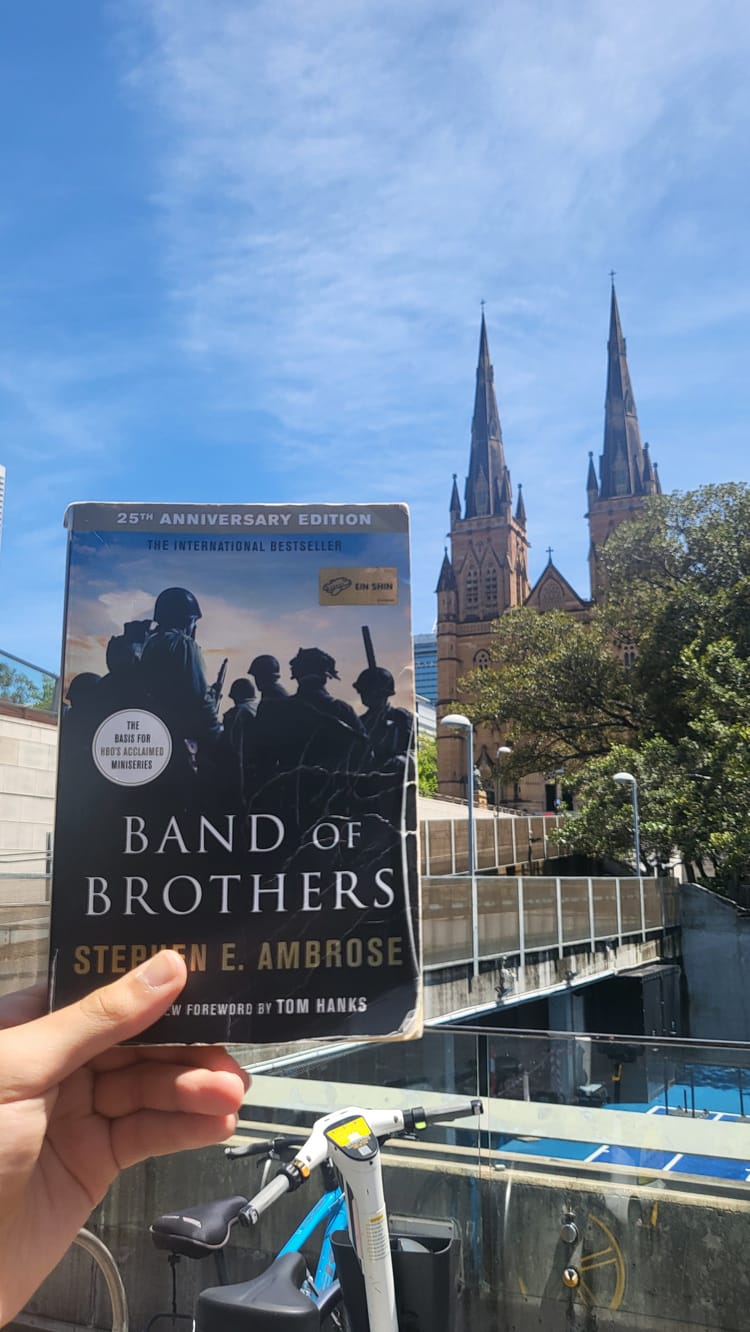
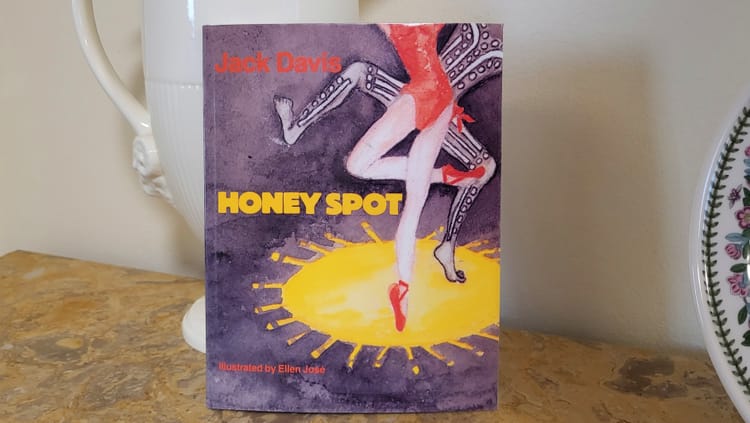
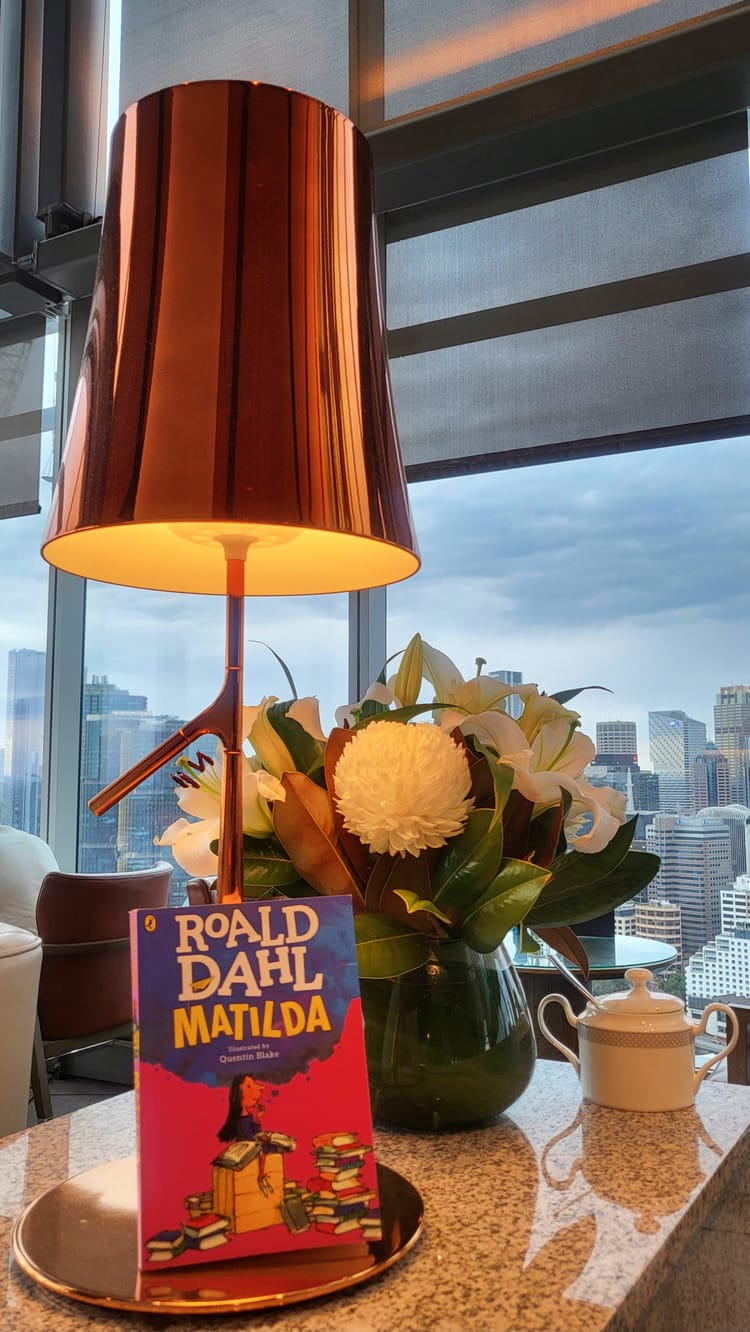
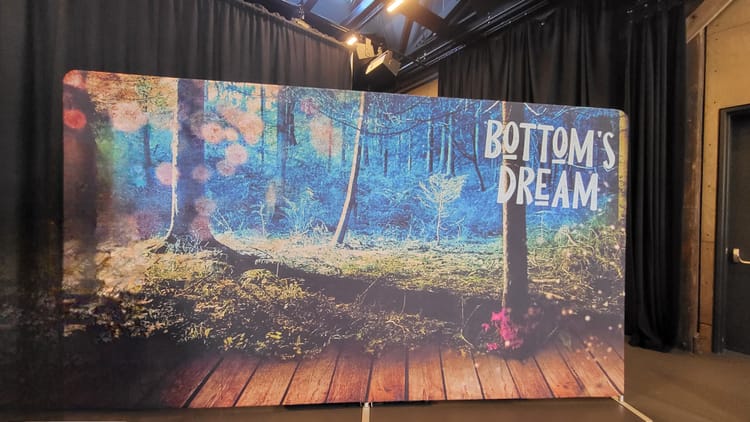

Member discussion